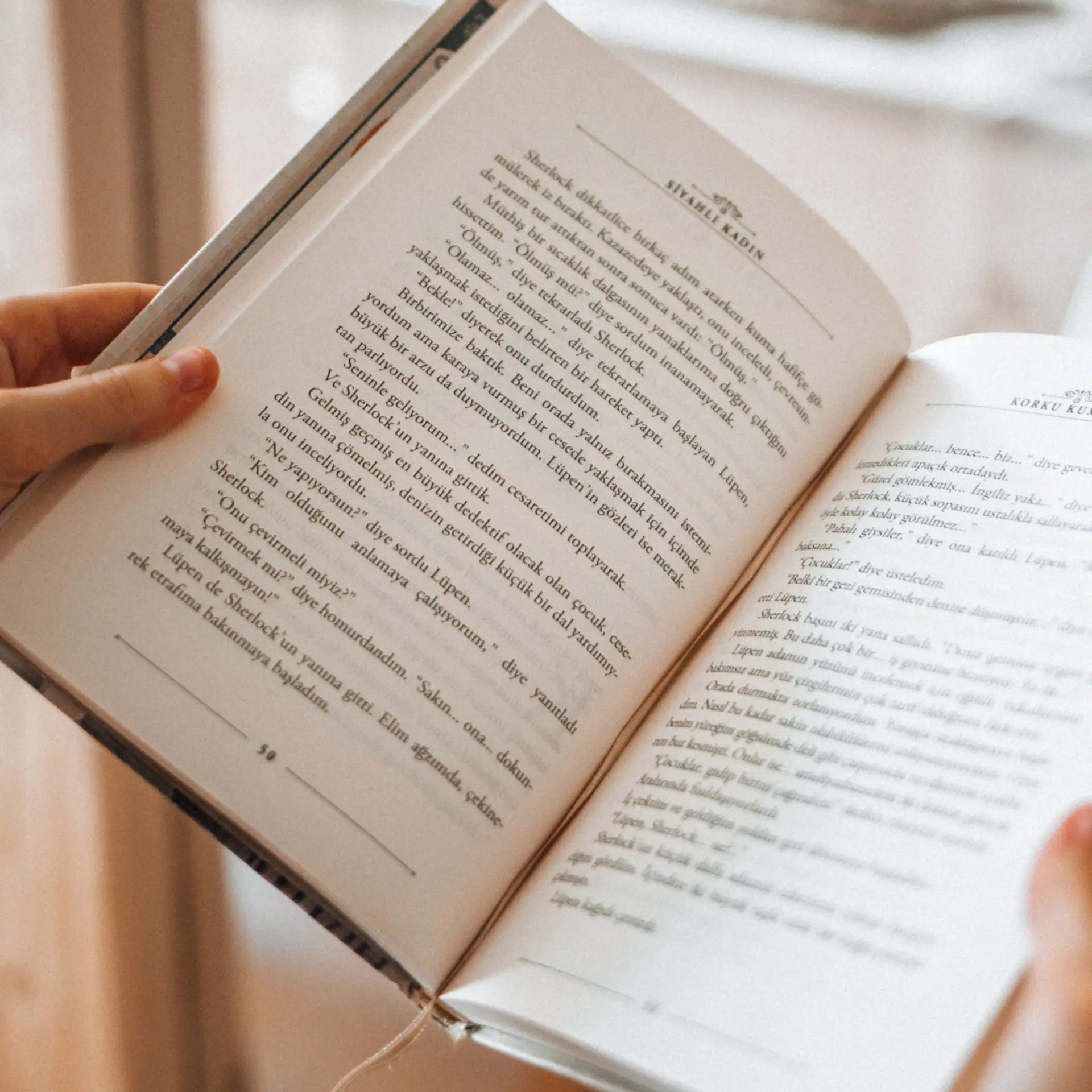Creating inclusive classrooms: Strategies and practices
The integration of pedagogies and theories that foster an enriching learning environment can help educators create a dynamic and inclusive learning space that empowers every child.
6-year-old Isha was all set to enter her new classroom. Brimming with joy, she flaunted the bag which highlighted her name and a picture.
Isha was warmly greeted by her teacher, Ms Aditi, with a fist bump—a choice made by Isha herself—and was directed to keep her bag and bottle in a cubicle set under the windows in a well-lit and ventilated classroom with a print-rich, interactive environment.
From the soft board, pictures of children from diverse backgrounds smiled at her, saying ‘hello’.
Ms Aditi pleasantly explained that they would begin the day by introducing themselves, especially the new member in the 1A - Explorer family. Isha spoke about her favourite things in the world — appams and bananas, her naughty pet, and how she aspired to be a Drone Traffic Manager.
Attention captured, the other children were eager to discover who a Drone Traffic Manager was. However, they knew they had to raise their hands to ask questions.
Then, Ms Aditi asked the class to think, pair, and share what they would like to be when they grow up. She reminded the class, “Everyone has a voice. They may say something you may not agree with. However, we all will listen to each other politely. Later, each of you will get a chance to ask a question.”
The classroom buzzed with excitement. Ms Aditi embraced each response, recognising every creative idea, and grabbed the opportunity to rephrase wherever required.
Knowing her learners well, she encouraged them to use illustrations and roleplays to share their ideas. Aditya and Samiha tried to express themselves through a story. Rabya drew for Gurjeet who spoke about his imagination in his wandering world of black. Many came together to decode Tony’s scribbled mix of pictures and words.

Ms Aditi proudly displayed the valuable masterpieces put together by her class on the soft board with the assistant educator's help. Then, using a big picture of Earth, she drew their attention to the jobs and activities that will keep the planet Earth safe.
As Ms Aditi made anecdotal notes in her diary, she knew she was heading in the right direction. Her learning goals had been duly met. Her learners were beginning to recognise, label and express feelings; respect others’ feelings; share and take turns, demonstrate an understanding that people differ from each other, follow rules and routines, express themselves using a combination of illustrations, mimes, and words, demonstrate responsibility, respect and friendship, and identify that both boys and girls can do any kind of work.
“Time to assess myself,” she thought as she quickly ran through her list of questions: Did I allow learners to identify their place in the group and feel included? Did I engage them in structured, collaborative exercises where they could exchange their viewpoints in multiple ways? Could I connect with each learner and allow them to have a voice? Did I talk about the class agreements and norms? Did I value and encourage different perspectives?
It seemed like a great day as she ticked most points until she recalled that Bheem was absent. She decided to connect with him virtually in the evening and share pictures so that he felt included the next day.
What a marvellous example of diversity and inclusion we witnessed in Ms Aditi’s Class! It flew so effortlessly! But is it as easy as it sounds? Honestly, it isn’t if we try to recreate it without internalising what these two words mean. However, it is easily achievable if we have an insight into the right and well-researched pedagogical practices and frameworks.
Let us view how Ms Aditi’s insight into learning theories and pedagogies is reflected in her classroom. She uses Erikson's Social Learning Theory, creating opportunities for children to interact with peers and teachers and receive positive feedback thus developing social skills and a sense of competence and self-esteem.
Using Visible Thinking Routines, such as ‘Think, Pair, and Share’, encourages children to share their ideas and ask questions, which fosters a deeper understanding of the world around them.
Ms Aditi’s understanding of Lev Vygotsky’s Theory of Learning and Development (Zone of Proximal Development) is visible in her guidance, rephrasing and scaffolding of the learners’ responses. Ms Aditi engages her learners by allowing them the freedom to express themselves using their preferred learning styles.
Moreover, she uses illustrations and roleplays and recognises multiple learning styles and interests which reflect the integration of Howard Gardner’s Theory of Multiple Intelligences and the Universal Design for Learning in her class.
Additionally, Ms Aditi demonstrates high effectiveness keeping in mind one of Steven Covey’s habits of highly effective people which is to ‘begin with an end in mind’. She is focused and ensures the accomplishment of the learning outcomes. Also, defining the learning outcomes well before the class is a reflection of McTighe and Wiggins’ educational approach to Understanding by Design.
Finally, her emphasis on global responsibility aligns with the UN’s Sustainable Development Goals to foster responsible global citizenship. In her class, students are informed enough to choose the most promising jobs of the future without any gender stereotypes and biases.
In a nutshell, Ms Aditi’s classroom is a vibrant integration of pedagogies and theories that create an inclusive and enriching learning environment and serves as a model for educators seeking to create a dynamic and inclusive learning space that empowers every child.
(Pooja Agarwal is the Founder-Director of NatureNurture.)
Edited by Jyoti Narayan
(Disclaimer: The views and opinions expressed in this article are those of the author and do not necessarily reflect the views of YourStory.)








